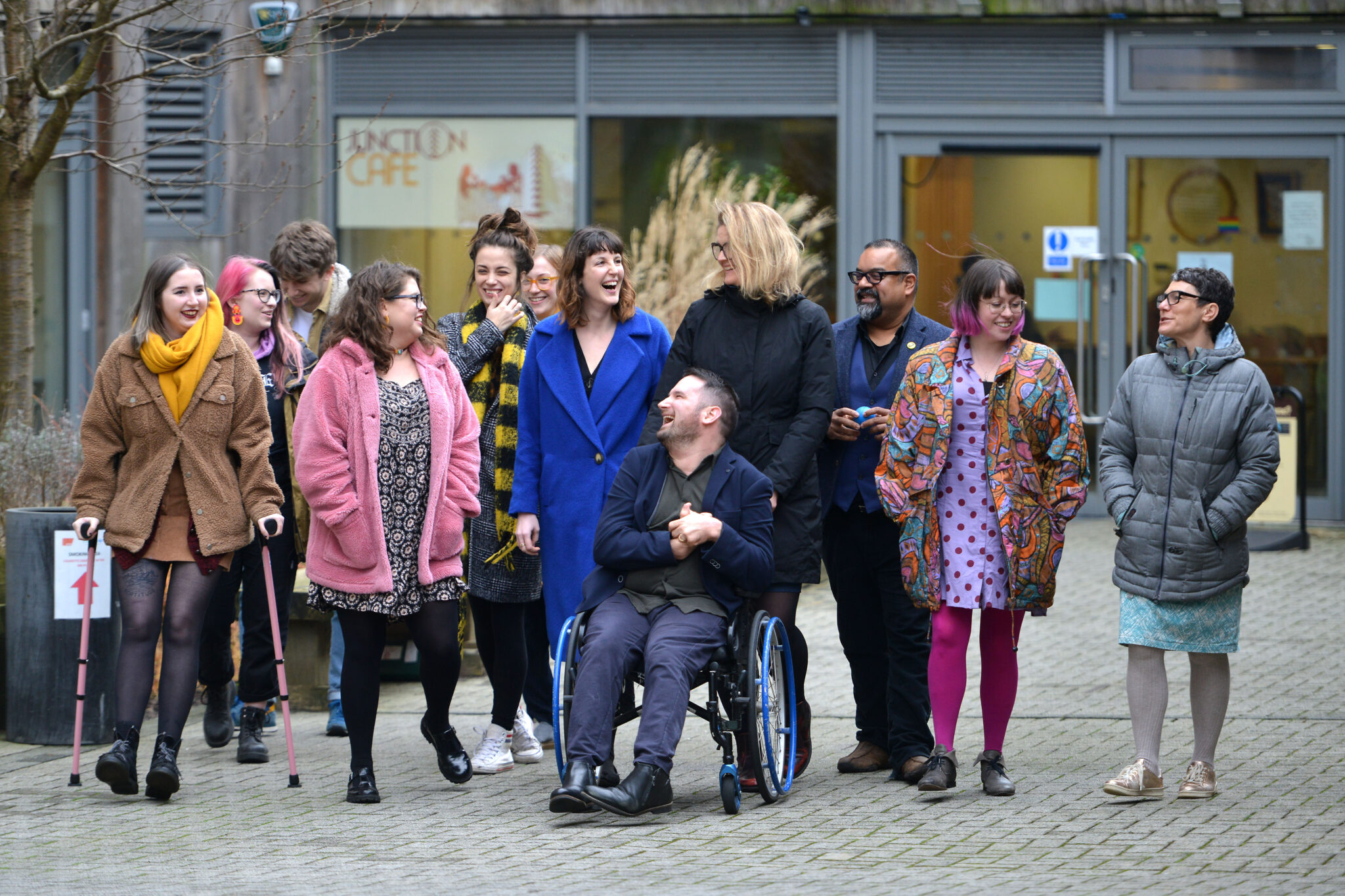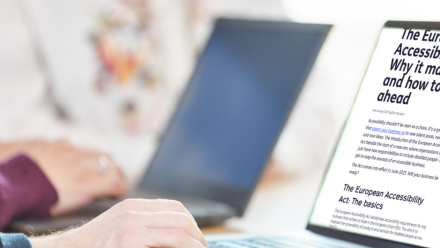Why your ‘diversity initiatives’ aren’t enough
27th May 2021 by Ellie Thompson
If you get diversity and inclusion right, the rewards are endless.
Creating an organisation that welcomes all employees, and the diversity they bring with them, is not just the ‘right’ thing to do, ethically and legally, there are so many other benefits. Diverse and inclusive organisations will be rewarded with:
- Employees who are more engaged and loyal to your organisation
- Successful diverse talent management that will ensure your organisation reaches its potential
- Improvement to your business’s bottom lines
But you can’t reach these heights without transforming your diversity and inclusion ‘efforts’ into a foundational inclusive culture where individuals will truly have space to thrive.
What is the difference between diversity and inclusion?
“Diversity is about counting people; inclusion is about insisting they count.” Diversity isn’t something you can create or foster; instead you need to focus on creating a workplace that truly includes everyone and celebrates their diversity.
As Adam Hyland, our Co-Founder and Director of Accessibility and Inclusion, puts it:
“Diversity is already here. The world is rich with diversity. What we’ve not always got is inclusion. But if you put inclusion first, diversity will naturally follow.”
The key is to welcome both in tandem. If you talk the talk of diversity- say, highlighting when recruiting that you welcome diverse applicants- you need to also walk the walk of inclusion. This is how you can ensure your employees feel psychologically safe to bring their whole selves to work. When you foster this true sense of belonging, your employees will have the space and safety to reach their full potential in the workplace.
Why are your diversity and inclusion efforts not working?

1. Because you’re viewing them as ‘efforts’ in the first place
Diversity and inclusion isn’t about making adaptations in isolation. It’s about a complete, and permanent, organisational shift in thinking and acting. It’s about taking a step back and recognising that perhaps the structures currently in place aren’t as inclusive as they could be, even if we think they’re working, and involves work in dismantling the conscious and unconscious biases that protect these structures.
As an example, your organisation may support workplace diversity by implementing reasonable adjustments for disabled employees. You may mention during recruitment that any employee can disclose their disability to gain access to reasonable adjustments. But by focusing on ‘adjusting’ to include people, you’re sending a clear message that this means divergence from the ‘norm’, and to an extent problematising diversity.. Disabled employees therefore may fear that accessing the adjustments they are entitled to, will at best require a great deal of self-advocacy and at worst will impact their standing in the workplace.
Instead expect, and anticipate, difference. Entrench diversity and inclusion into decision-making. Recognise diversity as a strength. Create genuine excitement for the positive impacts a diverse workforce that brings diversity of thought and experience have on the way we all work. Creating an inclusive environment for neurodiverse and disabled employees, might involve anything from employing diverse communication strategies, to ensuring buildings are accessible, to encouraging the use of Assistive Technology in the workplace.
2. You’re focusing on a goal that doesn’t exist
The reason that diversity and inclusion task forces are doomed to fail is because there is no gold standard of true and complete diversity and inclusion. Of course, there are shifts we can and should make immediately, but true inclusion will look and feel different in every organisation and cannot simply be measured through goals and targets. A genuine commitment to diversity and inclusion does not have an achievable end date, at least not in a society which is established to welcome and include certain types of people. There will always be new challenges, new ways for people to be excluded and marginalised. As Atif Choudhury, Co-founder and CEO of Diversity and Ability, says: “Diversity does not have a single narrative or even a final destination. It’s about an inclusive welcome to a long journey.”
3. You’re segmenting your diversity initiatives
For many organisations, research showing the gender pay gap and prevalence of workplace sexual harassment triggered actions to support female employees and dismantle institutional sexism. The ethnicity pay gap and Black Lives Matter uprising similarly led to concerted efforts to be anti-racist and support ethnic diversity, both on an individual and organisational level.
However, many still see and treat aspects of diversity in ‘siloes’; separate ‘issues’ which each need to be addressed one by one. To do so denies the reality that layers of disablement often intersect to magnify mistreatment and marginalisation. For example, queer disabled women face discrimination due to their gender, sexual orientation and disability.
If you create an Employee Resource Group for disabled employees, but only have white members, you are excluding the experiences of Black employees and employees of colour.
We can only even begin to create an inclusive space if we take an intersectional approach to diversity, acknowledging the complexity of identities.
4. You’re held back by the fear of ‘getting it wrong’
Now conversations about diversity and inclusion are becoming more commonplace, we as a society are starting to hear the voices of those who have been ignored and silenced for too long. But hearing marginalised individuals and communities discuss the societal disablement, microaggressions and discrimination they face, can feel uncomfortable for those who aren’t used to being challenged on their privilege.
The issue is that, all too often, people are not prepared to get uncomfortable. But there is so much value in discomfort. For individuals in positions of power, being uncomfortable can open doors to new perspectives and understanding the richness of lived experiences beyond their own. Embrace the fear of ‘getting it wrong’, because getting it wrong is the only way to learn how to get it right.
5. You’re not practicing what you preach
Stray from what Adam calls “smallprint inclusion”, where policies may be in place but the practices don’t back them up. Ask yourself whether you’re employing truly inclusive practices like:
-
-
- Ensuring your social media and communications are inclusive and accessible
- Making a working environment that’s accessible to, and adaptable for, all
- Taking every opportunity for training and support from diversity companies
- Create space for diverse employees to share their lived experiences
-
Diversity and inclusion isn’t a quick tick-box exercise; it can’t be solved by one initiative. As Atif often says, “true inclusion moves at the speed of trust”. Listen closely to your team and invite everyone to be part of, and to shape, a movement that makes them feel safe, heard and valued. By demonstrating and welcoming inclusion and diversity in all spheres of the organisation, you can slowly but surely transform your organisational culture to one that celebrates such diversity. And doing so will ensure your business grows to reach new customers, new ideas, and new heights.


